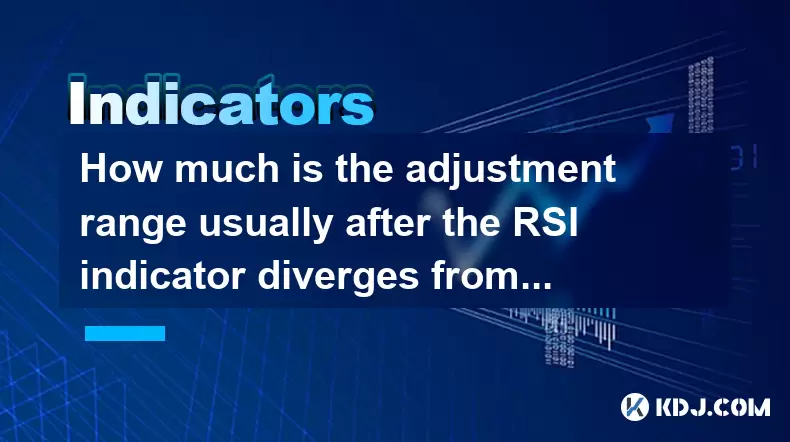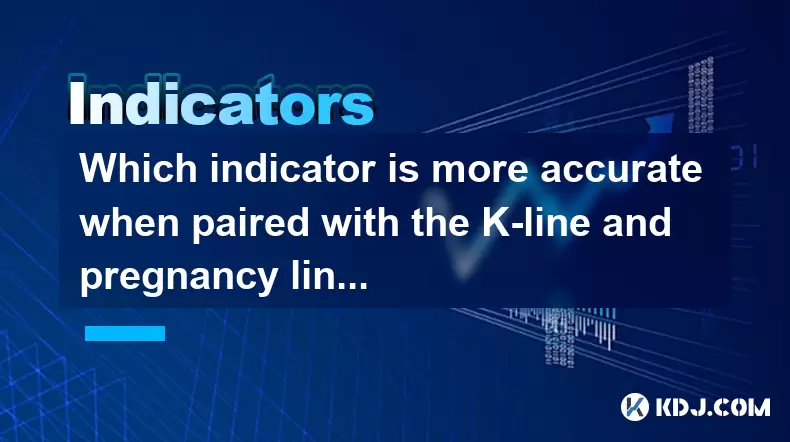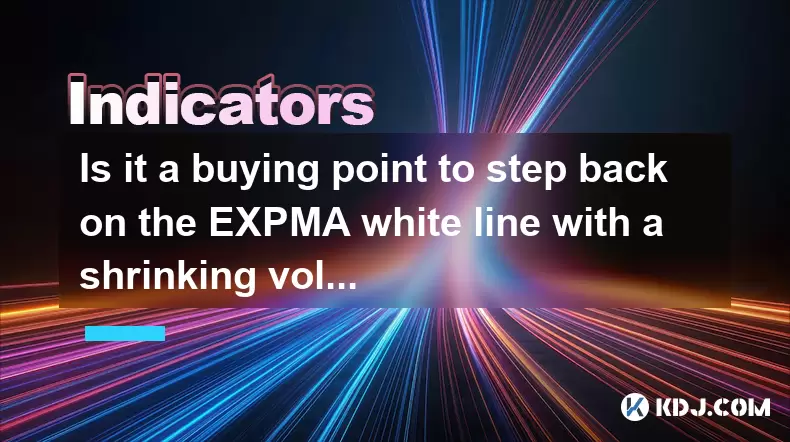-
 Bitcoin
Bitcoin $119300
1.07% -
 Ethereum
Ethereum $3730
3.87% -
 XRP
XRP $3.235
0.29% -
 Tether USDt
Tether USDt $1.000
0.00% -
 BNB
BNB $783.5
1.88% -
 Solana
Solana $188.7
0.25% -
 USDC
USDC $0.0000
-0.01% -
 Dogecoin
Dogecoin $0.2399
-0.44% -
 TRON
TRON $0.3157
2.37% -
 Cardano
Cardano $0.8254
1.94% -
 Hyperliquid
Hyperliquid $42.83
0.14% -
 Stellar
Stellar $0.4372
3.21% -
 Sui
Sui $3.859
4.91% -
 Chainlink
Chainlink $18.53
3.53% -
 Hedera
Hedera $0.2464
0.01% -
 Bitcoin Cash
Bitcoin Cash $519.8
2.46% -
 Avalanche
Avalanche $24.24
2.17% -
 Litecoin
Litecoin $113.7
0.73% -
 UNUS SED LEO
UNUS SED LEO $8.990
0.30% -
 Shiba Inu
Shiba Inu $0.00001390
0.21% -
 Toncoin
Toncoin $3.188
1.49% -
 Ethena USDe
Ethena USDe $1.001
0.02% -
 Polkadot
Polkadot $4.090
-0.91% -
 Uniswap
Uniswap $10.40
4.08% -
 Monero
Monero $326.6
3.12% -
 Bitget Token
Bitget Token $4.627
-0.42% -
 Pepe
Pepe $0.00001281
0.76% -
 Dai
Dai $1.000
0.01% -
 Aave
Aave $291.6
0.98% -
 Cronos
Cronos $0.1269
7.26%
How much is the adjustment range usually after the RSI indicator diverges from the top?
RSI divergence often signals potential market reversals, with price adjustments typically ranging from 20% to 40% after a confirmed top.
Jun 29, 2025 at 04:00 am

Understanding RSI Divergence and Its Significance
The Relative Strength Index (RSI) is a momentum oscillator used in technical analysis to measure the speed and change of price movements. Typically, an RSI value above 70 indicates overbought conditions, while a value below 30 suggests oversold conditions. However, when the RSI diverges from the price action—particularly at market tops—it can signal potential reversals. Divergence occurs when the price makes a new high, but the RSI fails to confirm this with a corresponding high, suggesting weakening momentum.
This kind of divergence often precedes a significant price correction or trend reversal. Traders closely monitor these signals because they can provide early warnings of potential market fatigue. While divergence doesn't always result in a sharp reversal, it does increase the probability of a pullback or consolidation phase.
Measuring the Adjustment Range After Top Divergence
When analyzing how much the price typically adjusts after an RSI top divergence, traders often look at historical data and case studies across various cryptocurrencies like Bitcoin (BTC), Ethereum (ETH), and Binance Coin (BNB). The adjustment range varies depending on several factors including market sentiment, volume, and broader macroeconomic conditions.
In many observed cases, the price tends to retrace between 20% to 40% from the peak following a confirmed RSI top divergence. For example, if Bitcoin reaches $60,000 and shows a bearish RSI divergence, the subsequent pullback might bring the price down to a range of $36,000 to $48,000, depending on volatility and support levels. These percentages are not fixed but serve as general benchmarks based on historical patterns.
Factors Influencing the Depth of Correction
Several variables influence how deep a price adjustment will be after RSI divergence occurs:
- Market Sentiment: If the broader market is bullish despite the divergence, the pullback may be shallow or short-lived.
- Volume Patterns: A strong bearish divergence accompanied by increasing volume during the decline usually leads to a deeper correction.
- Support Levels: The presence of strong support zones can halt the decline earlier than expected.
- Timeframe: Shorter timeframes like 1-hour or 4-hour charts tend to show smaller adjustments compared to daily or weekly charts where larger corrections are common.
These elements should be analyzed together to better estimate the potential depth of the adjustment. Ignoring any one of them could lead to misjudging the strength of the reversal.
Identifying RSI Top Divergence: A Step-by-Step Guide
To identify RSI top divergence, follow these steps:
- Locate Higher Highs in Price: Look for two consecutive peaks where the second peak is higher than the first.
- Check RSI Values: Ensure that the RSI indicator forms a lower high corresponding to the second price peak.
- Confirm with Candlestick Patterns: Use candlestick formations like shooting stars or bearish engulfing patterns to strengthen the signal.
- Validate with Volume: Observe whether trading volume decreases during the second price high, reinforcing the divergence.
- Draw Trendlines for Confirmation: Draw a trendline connecting the RSI highs; a break below this line can act as a confirmation of the divergence.
By combining these tools, traders can more accurately detect RSI top divergence and anticipate a potential price adjustment.
Practical Application in Cryptocurrency Trading
Using RSI divergence in live trading requires patience and discipline. It's essential to avoid entering trades immediately upon spotting divergence since false signals can occur, especially in highly volatile crypto markets.
Instead, wait for additional confirmation such as:
- A clear break below a key moving average, like the 50-day or 200-day EMA.
- Price closing below a critical support level.
- Bearish candlestick patterns forming near resistance areas.
Once these conditions align, traders can consider entering short positions or tightening stop losses if already holding long positions. Risk management remains crucial, so setting stop-loss orders just above the recent swing high is recommended.
How Can I Confirm That an RSI Divergence Is Valid?
Validating RSI divergence involves cross-checking with other technical indicators or chart patterns. Combining RSI with MACD crossovers, moving averages, or volume profiles can help filter out false signals. Additionally, observing price behavior on multiple timeframes (e.g., confirming divergence on both daily and 4-hour charts) increases reliability.
Should I Always Expect a 20–40% Correction After RSI Divergence?
No, the 20–40% figure is a rough estimate derived from historical observations and can vary widely. In some cases, especially during strong bull runs, the price may only retrace 10–15% before resuming its upward trend. Conversely, during bear markets or panic sell-offs, corrections can exceed 50%, particularly if leverage liquidations accelerate the decline.
What Timeframe Works Best for Spotting RSI Divergence?
While RSI divergence can appear on all timeframes, the daily and 4-hour charts are most commonly used by professional traders due to their balance between noise reduction and actionable signals. Shorter timeframes like 15-minute or 1-hour charts are prone to generating too many false signals, making them less reliable for divergence-based strategies.
Can RSI Divergence Be Used Across All Cryptocurrencies?
Yes, RSI divergence applies to all tradable assets, including cryptocurrencies. However, low-cap altcoins may exhibit erratic price behavior due to low liquidity, making divergence signals less dependable. It’s generally safer to use RSI divergence on major cryptocurrencies like BTC, ETH, and SOL, where institutional participation and higher trading volumes reduce the likelihood of misleading signals.
Disclaimer:info@kdj.com
The information provided is not trading advice. kdj.com does not assume any responsibility for any investments made based on the information provided in this article. Cryptocurrencies are highly volatile and it is highly recommended that you invest with caution after thorough research!
If you believe that the content used on this website infringes your copyright, please contact us immediately (info@kdj.com) and we will delete it promptly.
- TRON, Crypto Payroll, and Stablecoins: A New York Minute on the Future of Finance
- 2025-07-25 08:30:11
- WazirX, Revote, and Crypto Unlock: A New York Minute on the Latest Developments
- 2025-07-25 06:50:11
- Hong Kong Stablecoin Regulation: Navigating the Hype and Hurdles
- 2025-07-25 08:30:11
- Bitcoin LTHs, CDD Ratio, and Distribution: What's the Deal?
- 2025-07-25 08:50:12
- Satoshi-Era Bitcoin Whale Awakens: $469 Million in BTC on the Move
- 2025-07-25 06:30:11
- TIA Tokens, Crypto Shift & Ripple Effect: What's the Deal?
- 2025-07-25 07:10:11
Related knowledge

Should I go all in when DIF crosses DEA?
Jul 25,2025 at 12:42am
Understanding DIF and DEA in MACD AnalysisWhen traders analyze DIF and DEA in the context of the Moving Average Convergence Divergence (MACD) indicato...

Should I go all in when the upper edge of the box is broken?
Jul 25,2025 at 01:50am
Understanding the 'Box' in Cryptocurrency Price ChartsThe term 'box' in cryptocurrency trading typically refers to a price consolidation range where t...

Should I go all in when the parabolic turning signal appears?
Jul 25,2025 at 06:36am
Understanding the Parabolic Turning Signal in Crypto TradingThe parabolic turning signal is a technical indicator derived from the Parabolic SAR (Stop...

Should I follow up with a full position when the trading volume suddenly increases?
Jul 25,2025 at 12:28am
Understanding Sudden Increases in Trading VolumeA sudden spike in trading volume often signals heightened market activity and can indicate that new in...

Which indicator is more accurate when paired with the K-line and pregnancy line combination?
Jul 25,2025 at 05:43am
Understanding the K-Line and Pregnancy Line CombinationThe K-line, also known as the Japanese candlestick chart, is a foundational tool in technical a...

Is it a buying point to step back on the EXPMA white line with a shrinking volume?
Jul 25,2025 at 08:56am
Understanding the EXPMA Indicator and Its White LineThe Exponential Moving Average (EXPMA) is a technical analysis tool widely used in cryptocurrency ...

Should I go all in when DIF crosses DEA?
Jul 25,2025 at 12:42am
Understanding DIF and DEA in MACD AnalysisWhen traders analyze DIF and DEA in the context of the Moving Average Convergence Divergence (MACD) indicato...

Should I go all in when the upper edge of the box is broken?
Jul 25,2025 at 01:50am
Understanding the 'Box' in Cryptocurrency Price ChartsThe term 'box' in cryptocurrency trading typically refers to a price consolidation range where t...

Should I go all in when the parabolic turning signal appears?
Jul 25,2025 at 06:36am
Understanding the Parabolic Turning Signal in Crypto TradingThe parabolic turning signal is a technical indicator derived from the Parabolic SAR (Stop...

Should I follow up with a full position when the trading volume suddenly increases?
Jul 25,2025 at 12:28am
Understanding Sudden Increases in Trading VolumeA sudden spike in trading volume often signals heightened market activity and can indicate that new in...

Which indicator is more accurate when paired with the K-line and pregnancy line combination?
Jul 25,2025 at 05:43am
Understanding the K-Line and Pregnancy Line CombinationThe K-line, also known as the Japanese candlestick chart, is a foundational tool in technical a...

Is it a buying point to step back on the EXPMA white line with a shrinking volume?
Jul 25,2025 at 08:56am
Understanding the EXPMA Indicator and Its White LineThe Exponential Moving Average (EXPMA) is a technical analysis tool widely used in cryptocurrency ...
See all articles

























































































